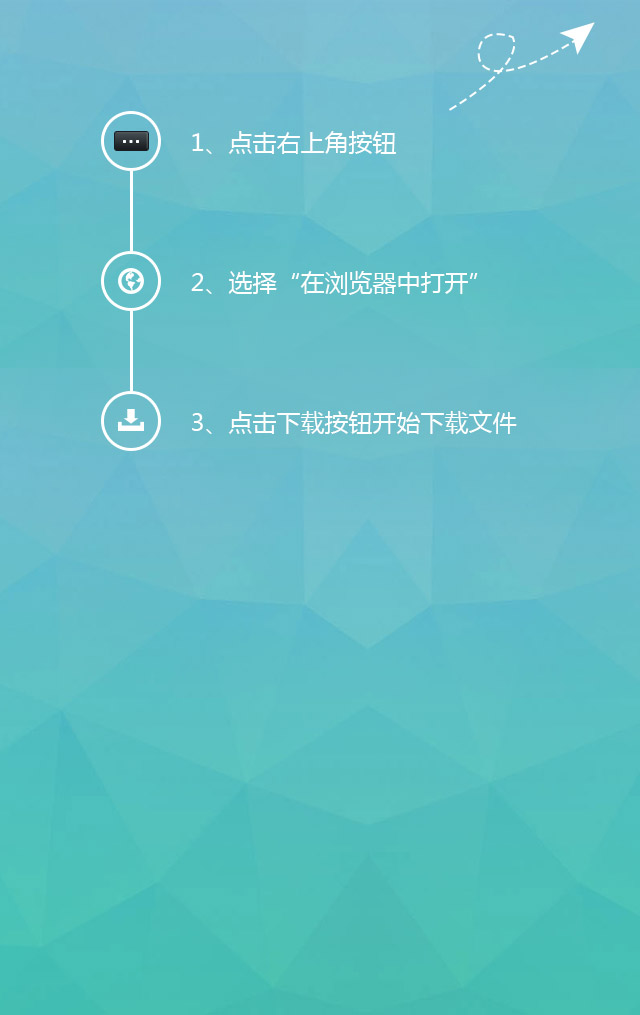Ultra short wave biophysics
The basic factors that cause various physiological reactions in the human body through the action of ultra short waves are thermal and non thermal effects.
Due to the fact that the human body is a composite tissue with conductive and dielectric materials, both conduction current and displacement current are formed in the body under the action of ultra short waves. Due to its higher frequency, the resistance of the dielectric decreases, resulting in the predominance of displacement current components in ultrashort wave therapy, with dielectric loss as the main source of heat generation. But when the frequency is extremely high, the dipole does not have time to rotate or the rotation amplitude is extremely small, resulting in a decrease in dielectric loss and even a reduction in heat generation. This indicates that the proportional relationship between heat generation and frequency increase only applies to a certain range of oscillation frequencies. This displacement current generates heat to overcome dielectric resistance, and the magnitude of dielectric loss is closely related to the dielectric constant of the tissue. Due to the small difference in dielectric constant among various tissues in the human body, the heat distribution generated under the action of ultra short waves is relatively uniform.
However, in the treatment of ultra short wave capacitive electric field, due to the lack of blood vessels in the fat layer, heat is not easily carried away by blood flow. Therefore, its temperature is higher than that of muscles with abundant blood supply. According to measurements, when the wavelength of 7.34 meters ultra short wave is used, the ratio of fat temperature rise to muscle temperature rise is 8:1, and there is still a disadvantage of fat overheating. In actual treatment, adjusting the distance between the skin and the electrode plate can increase the temperature of deep tissues and decrease the temperature of skin and subcutaneous fat.
Non thermal effects. Living organisms in ultra-high frequency capacitive electric fields are subjected to potential difference voltage, and ultra-high frequency electric oscillation waves cause resonance of intracellular substances, resulting in changes in liquid surface tension, increasing the surface tension of some substances and decreasing the surface tension of others. When subjected to high-speed alternating high-frequency electromagnetic waves, when the electric field strength is high, the cells stretch in the direction of the electric field, while when the field strength is low, they return to their original state. An appropriate frequency of electric field can cause cells to fully expand and contract, producing special stimuli to cells and tissues, and causing special biological effects.
Ultra short waves, especially when used with low intensity and temperature rise cannot be measured by any current method, still have significant biological effects, while external thermal effects under the same conditions have no similar effects. For example, when using short duration non heat ultra short wave therapy on the human body, the effect of reducing acute inflammation is more significant than that of long-term warm heat therapy. In addition, it can also cause reactions in other tissues and organs, collectively known as non thermal effects. It was found that this non thermal effect is particularly evident under low field strength (below 40mw/cm2), and this special effect is masked by thermal effects under high field strength.
Recommend
-

-

QQ Zone
-

Sina Weibo
-

Renren.com
-

Douban

